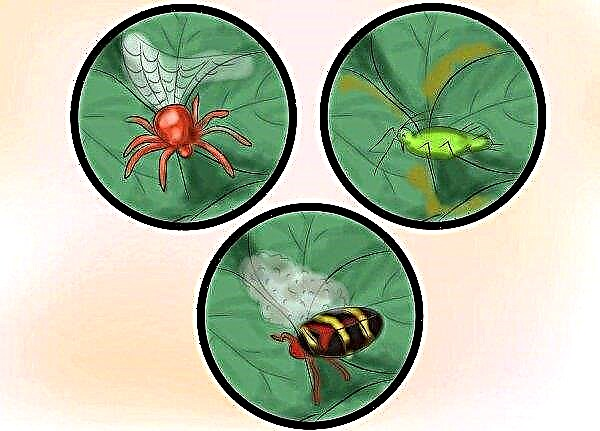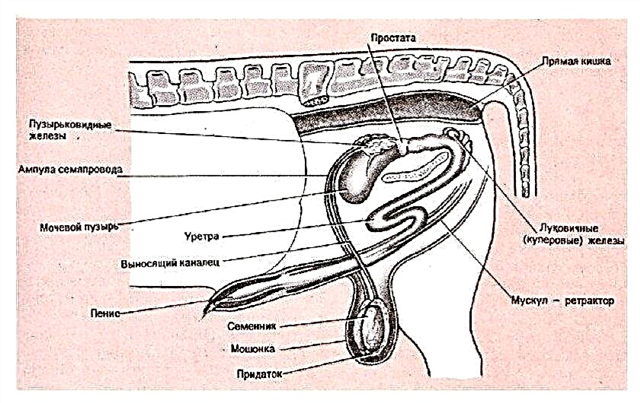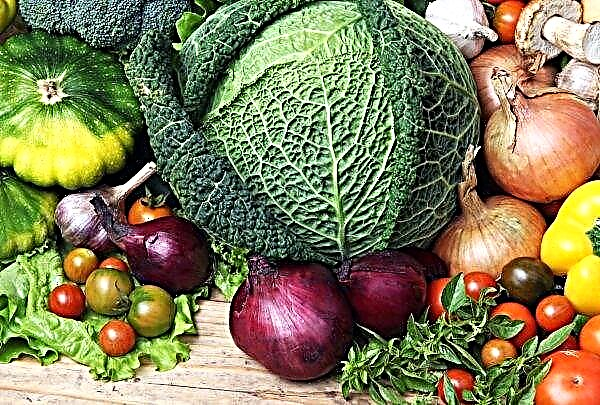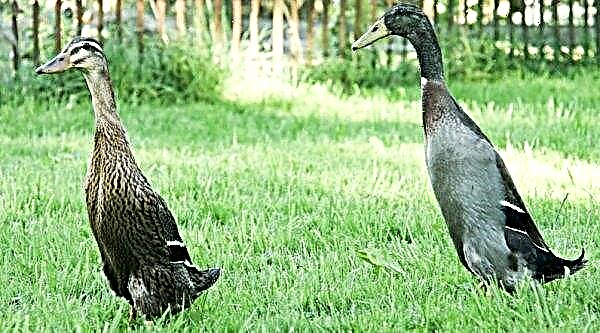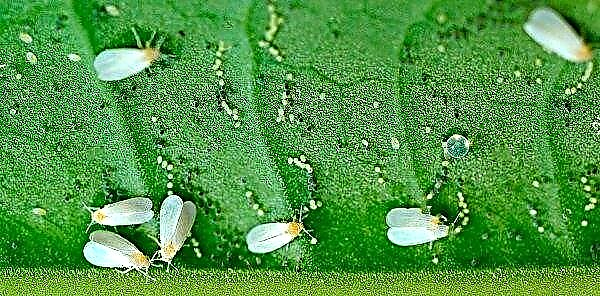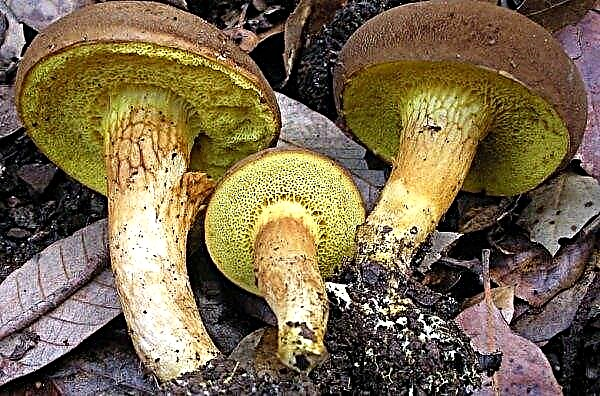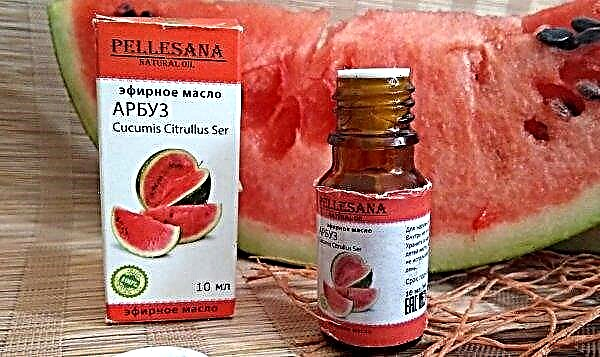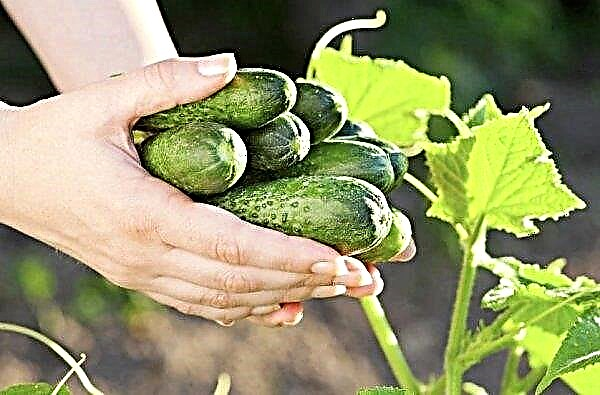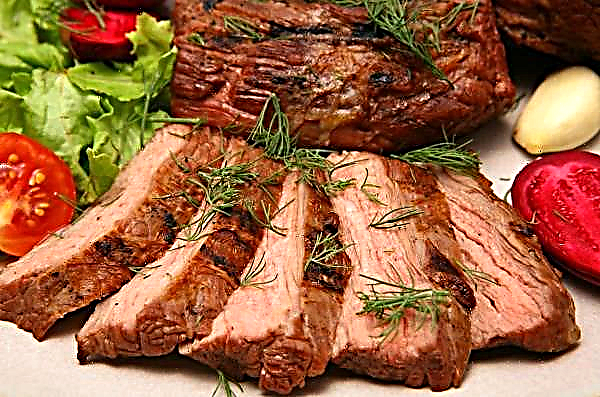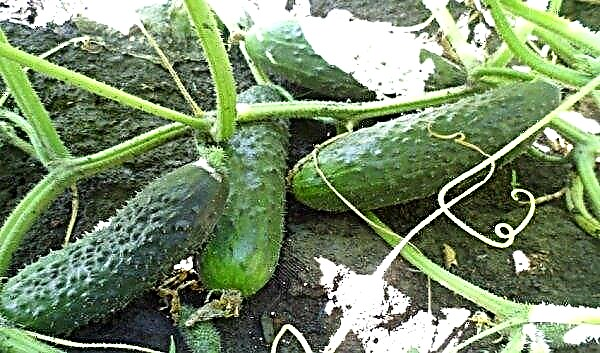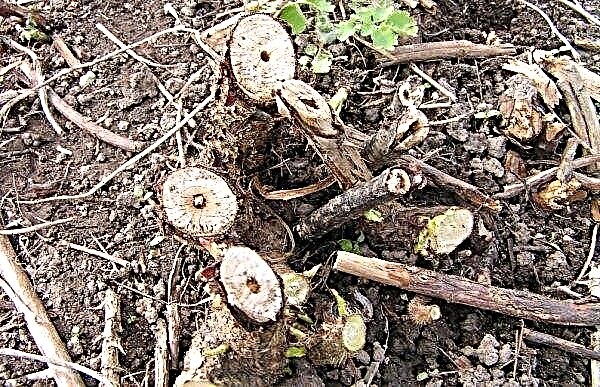Any living organism is sensitive to various diseases and ailments. Poultry is no exception. The urban inhabitant rarely thinks about this topic, but farmers and business executives have leg diseases in birds (in particular, chickens) - a fairly common and problematic phenomenon. Why do chickens fail legs, consider in more detail.
Common Causes of Foot Disease
First of all, laying hens suffer from paw diseases, therefore it is very important to identify the disease in time so that it does not affect the bearing of eggs and offspring. Some diseases can be transmitted to another livestock. Both adult and young birds are affected by leg diseases. Diseases can be caused by four main reasons:
- Heredity. Diseases in the form of paw curvature, limb deformities can be inherited from defective chickens. To avoid this, when identifying such individuals, it is necessary to exclude the possibility of their reproduction.
- Incorrect content. Errors in creating habitats for chickens will also have negative consequences. In no case should birds be kept in a confined space, as this will lead to their inactivity, and as a result, to lethargy of their paws, and a violation of coordination of movement. Chickens are active birds, and all this activity is provided by the legs, in connection with this, it is necessary to allocate enough time for the chickens to move more. Poor sanitary conditions, untimely cleaning, and clogging of the premises are also dangerous. The skin on the featherless areas of birds is very sensitive. Threads, glass, stones, or simply an inconvenient arrangement of space can cause injuries and cuts to the legs, infection. Drafts and climatic errors can lead to joint and muscle diseases.
- Improper nutrition. The composition of bird food must necessarily include vitamins A, E, D, B. This can be adjusted both by natural nutrition, and mineral supplements and medicinal vitamins. A deficiency of any of the above elements will lead to fragility of the skeleton and beak, foot skin disease, delayed skeleton growth in young birds, lameness, convulsions, insufficient formation or absence of the shell.
- Injuries. In 60% of cases, cuts and bruises of paws in chickens lead to infection and the appearance of a “limestone foot,” which we will discuss below.
Important! If any type of injury or cuts is detected in the bird, it is necessary to treat it with hydrogen peroxide, potassium permanganate or Terramycin. Terramycin is a veterinary antibacterial drug that is administered as an injection. Its properties are aimed at suppressing the development of microorganisms, such as staphylococci, actinobacteria, salmonella, chlamydia, etc. Use strictly for its intended purpose.
Diseases of the hens
Consider the symptoms and methods of treating the most common leg diseases in chickens.
Chicken lameness
Chicken lameness is not a separate disease, it is rather the most common symptom of other pathologies. It can be caused by mechanical damage, infections, diseases of internal organs. Symptoms of chicken lameness can occur separately or several at once, they are:
Symptoms of chicken lameness can occur separately or several at once, they are:
- lameness in one or two legs;
- trembling paws when walking;
- the chicken sits on its feet at the slightest dashes;
- swelling of the legs;
- nervous behavior of the bird and frequent flapping of wings;
- it’s hard for a chicken to sit and get up.
Important! Chicken lameness can be a consequence of latent kidney disease, as the nerves that are responsible for the chicken's limbs pass through the kidneys. In this case, the diagnosis and treatment should be carried out exclusively under the supervision of a veterinarian.
Birds are characterized by aggressive behavior towards a sick individual, therefore, with this symptomatology, the first thing to do is to isolate the chicken from its counterparts, otherwise they will peck it. It is necessary to isolate so that the bird sees other chickens, but does not have access to them. Complete loneliness will be even more harmful.
First you need to identify mechanical damage (wounds, scratches, cuts), disinfect them and improve the nutrition program. It is possible to release a bird to its brethren only after a complete cure. If injuries were not found, the cause is hidden inside (infection, diseases of the nervous system and musculoskeletal system, kidney disease). In this case, specialist consultation and diagnosis analysis are necessary. Prevention of this pathology will include adhering to the sanitary norms of the premises for keeping birds, proper vitamin nutrition, convenient location of poles and places for hatching eggs, timely cleaning of the territory for walking.
Prevention of this pathology will include adhering to the sanitary norms of the premises for keeping birds, proper vitamin nutrition, convenient location of poles and places for hatching eggs, timely cleaning of the territory for walking.
Gout
Gout, or urolithic diathesis, is an ailment caused by excessive deposits of salts in the joints and muscles due to metabolic disorders. In other words, gout occurs in birds due to improper metabolism, so the disease is directly dependent on nutrition. Serve the manifestation of this ailment can be the content of nitrates and fertilizers in plants, which are then used as feed, as well as violation of nutritional standards, vitamin deficiency. The main symptoms:
The main symptoms:
- lethargy of a bird;
- immobility;
- exhaustion;
- swelling of the legs;
- growths on the joints.
Did you know? The properties of soda help to remove excess salt from the body, normalize the acid-base balance, increase the level of calcium, stabilize the metabolism. The course of treatment for poultry with soda lasts 14 days.
Prevention of gout consists in observing proper nutrition and mandatory supplementation with vitamin formulations (in particular, vitamin A), creating comfortable living conditions for the bird with the provision of a large space (immobility also affects the development of the disease), control over the amount of protein components in food.
Arthritis and Tendovaginitis
Arthritis (arthrītis) is a collective term for various types of joint diseases. Most often, arthritis is found in young broiler chickens. This is due to the fact that the chicken quickly gains weight, while the paws remain weak and the load on them increases. Tendovaginitis (tendovaginitis) is an inflammation of the tendons and adjacent tissues. This ailment often affects old chickens. Common causes of these diseases are infections in the skin cracks due to improper chicken keeping: too much crowding, poor sanitary conditions, dishonest cleaning of the premises and accumulation of dirt. With arthritis and tendovaginitis, chickens have sore legs, which is why it is difficult for them not only to get up, but also to sit.The main symptoms:
Common causes of these diseases are infections in the skin cracks due to improper chicken keeping: too much crowding, poor sanitary conditions, dishonest cleaning of the premises and accumulation of dirt. With arthritis and tendovaginitis, chickens have sore legs, which is why it is difficult for them not only to get up, but also to sit.The main symptoms:
- the chicken does not leave the place all day;
- swelling of the joints and an increase in temperature in them;
- poor appetite or lack thereof;
- bird depletion.
 The best prevention will be keeping the birds clean, avoiding contact with dirt, proper adaptation of feed containers, avoiding crowding.
The best prevention will be keeping the birds clean, avoiding contact with dirt, proper adaptation of feed containers, avoiding crowding.Tendon displacement (perosis)
Perosis (sliding tendon) is a disease associated with softening of the tendons of the muscles and ligaments, which leads to displacement of the joints. The reason is the lack of vitamin B and manganese in the body (3-4 times less than in healthy birds), unbalanced and poor quality nutrition. 30% of diseases are genetic in nature. The disease is mainly manifested in young chickens. First of all, this is due to the rapid increase in body weight, especially when it comes to broilers. Adult sick chickens have no clinical symptoms, but they are inherited by the chickens. Among the signs of the disease are:
Among the signs of the disease are:
- swelling of the lower leg;
- bending and deformation of the joint;
- displacement of the tendon of the calf muscle;
- unnatural twisting of the joint.
The main preventive actions will be a balanced diet (including riboflavin, biotin, folic acid), genetic selection.
Knemidocoptosis
Knemidocoptosis (Knemidocoptosis), or "calcareous leg" - a disease associated with damage to the skin of a chicken with an itch mite of the genus Knemidocoptes. The best area for tick development is a moist and warm environment. Very often the tick gets through wet, dirty bedding, feeders and drinking bowls. The tick makes microcracks on the non-feathered areas of the legs, through which it falls under the skin and plant larvae there. The disease is accompanied by severe itching. Vital activity of the tick is especially active at night. Knemidocoptosis is contagious and quickly spreads to other birds. For humans, the disease is safe. Symptoms are easy to identify, during the disease manifests itself:
Symptoms are easy to identify, during the disease manifests itself:
- chicken anxiety, its atypical behavior;
- the presence of ugly growths on the feet, covered with scales with white coating, which disappear over time;
- chicken pecks wounds due to intolerable itching.
Did you know? Birch tar is a plant product of dry distillation of wood obtained from birch bark. The people call birch tar “Russian oil”» or «a cure for a hundred diseases». It has many useful properties and is used both in veterinary medicine and in cosmetology, construction, leather products, horticulture, etc.
Prevention consists in keeping the barn clean, preventing the creation of a moist microbial environment, periodically replacing inventory and inspecting the herd.
Curvature and curly fingers
The curvature of the fingers is a defect that manifests itself at an early age of birds. It is characterized by an unnatural bend of the fingers inward, so the chicken moves on the side of the paw. The reasons may be genetic as well as related to poor conditions. Curly fingers - a defect that occurs due to a lack of riboflavin in the diet. With this disease in a bird, the fingers bend downward, the chicken does not develop well and stops growing. Signs of distortion:
Signs of distortion:
- deformation of the fingers, their bending to the sides;
- weakness and lethargy of the chicken;
Signs of kinkiness:
- chicken exhaustion;
- toes bent down;
- lameness.
In most cases, the disease is poorly treatable or not at all. If finger defects are found in chickens, they completely change their diet and include riboflavin in it. In this case, they do not take eggs from adult chickens to breed chickens.
Preventive measures are associated with peridic selection and inspection of offspring, compliance with climatic conditions (in no case be allowed to freeze), and keeping the litter warm and dry. Any diseases of poultry cause serious damage to the owner. After all, the disease has the ability to spread, affect the offspring and reduce the herd population. All this affects the economic and resource factor, so it is very important to detect the malaise on time, in the early stages, so that it is easier to deal with it. To avoid unpleasant consequences when breeding chickens, farmers need to remember their main obligations - care for the chicken coop, maintaining cleanliness, controlling the diet and, of course, caring for the health of their breadwinners.
Any diseases of poultry cause serious damage to the owner. After all, the disease has the ability to spread, affect the offspring and reduce the herd population. All this affects the economic and resource factor, so it is very important to detect the malaise on time, in the early stages, so that it is easier to deal with it. To avoid unpleasant consequences when breeding chickens, farmers need to remember their main obligations - care for the chicken coop, maintaining cleanliness, controlling the diet and, of course, caring for the health of their breadwinners.

